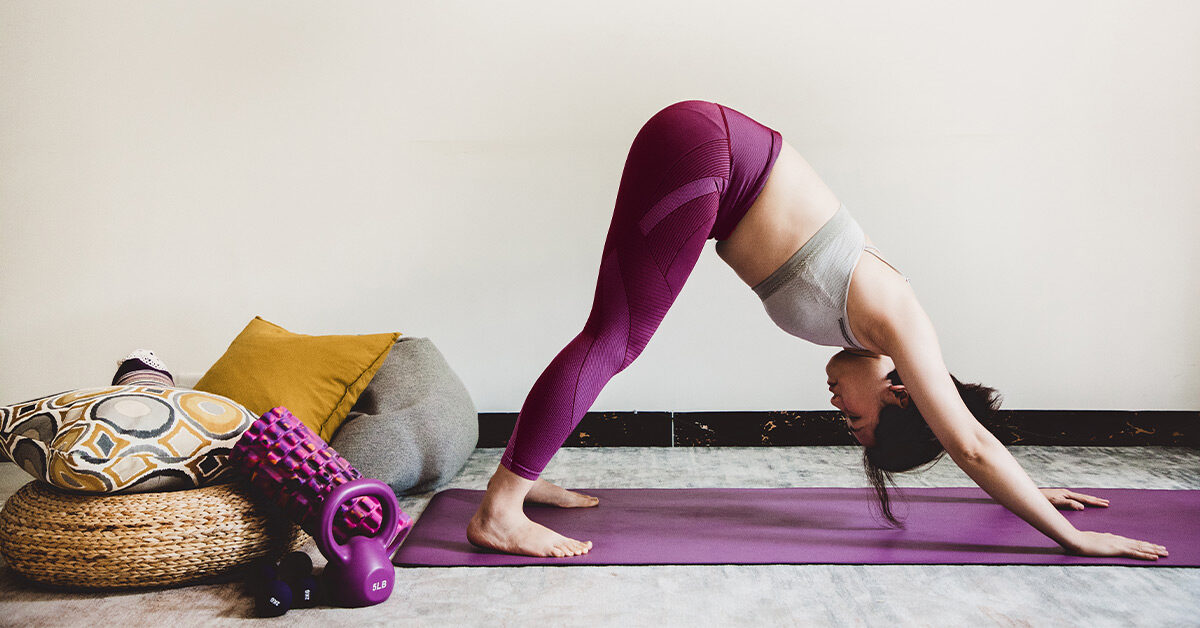There are different kinds of meditation cushions available on the market. Some of them have been designed for meditation practice, while others have been created with a specific purpose in mind.
Before we look at some of the most popular types of meditation cushions, let’s first take a quick look at why you might want to use one.
If you’re planning to meditate, then it’s likely that you’ll be wanting to find a comfortable place to sit and relax comfortably. This is not as simple as it sounds. It’s easy enough to buy yourself a nice comfy chair, but when you start meditating, you’ll quickly discover that sitting in any old chair can feel like torture. You may even get sore after just a few minutes!
A meditation cushion will help you to ease into your meditation practice, helping you to stay relaxed and comfortable. If you’ve never tried meditation before, or if you’ve been practicing regularly for some time now, you probably already know what works best for you. However, there are many different styles of cushions available, so it’s worth taking the time to explore all these options and find out which one suits you best.
The following will discuss various styles of coussin de meditation, including those specifically intended for use during meditation.

Traditional Meditation Cushions
These are the traditional style meditation cushions that you see everywhere – they usually come in a range of colors, patterns, and sizes. They may also feature images or text from Buddhist scripture engraved onto them. These cushions are often large, soft, and made using natural materials such as wool or cotton.
Some people prefer to use traditional-style cushions, while others may choose to use something else entirely.
If you do decide to go this route, make sure that you read up on the history behind the tradition of meditation cushions, as well as the benefits that they offer.
Cushioning Pad
This type of cushion is typically used for sitting cross-legged (or kneeling) during meditation. Some people use it more than once during their day, while others only use it for short periods. It’s ideal for use at home or wherever you happen to be.
It is important to note that this cushion has no religious significance whatsoever, and should therefore be used by anyone who wishes to meditate regardless of faith or religion.
Zen Stools
These are another type of meditation cushion that is very popular. They come in various shapes and sizes, and are particularly useful for Zen meditation.
They can either be stacked together or placed side by side in order to create a larger surface area. They can be used for meditations lasting anywhere between 5 minutes and several hours.
Kneeling Pillows
Many people prefer to kneel during their meditation sessions, however this isn’t always possible. If you need to kneel, but don’t have access to a proper cushion, a kneeling pillow could prove beneficial.
Although the majority of these pillows are small and lightweight, they can still provide a surprisingly firm base. Not only that, but they are great for supporting your head, neck, and upper body.
When selecting one, it’s important to consider height. Kneeling pillows that are too low risk causing damage to your spine, while ones that are too high tend to limit your ability to bend forward and stretch your legs.
Most kneeling pillows come in two pieces – a pad and a cover. The pads are filled with foam, fiberfill, or latex, while the covers are made from cloth, vinyl, or canvas. A number of companies manufacture these pillows, including Bamboo Pillow Company, which makes several varieties
Lap Sheets
You might think that these are simply bed sheets, but they have much more practical uses. In fact, lap sheets were originally developed for meditation purposes. Their design allows you to stretch your legs out, thus providing a more comfortable surface upon which to rest.
Lap sheets are often sold in various designs and colors, allowing you to match the color scheme of your room. They come in a variety of sizes, so they can easily accommodate both adults and children.

Sitting Pads
These are essentially the same thing as a lap sheet, except they are designed solely for sitting on. Most sitting pads are rectangular in shape, measuring approximately 24 inches long and 18 inches wide. They come in a variety of colors, fabrics, and thicknesses.
Unlike the other types of cushions discussed above, sitting pads are generally less expensive than the alternatives. They are perfect for beginners who are looking to try meditation for the first time, as well as experienced practitioners.
Zafus
These cushions are typically used during meditation, although they can also be used for relaxation purposes. They are often made from wood, metal, or plastic, and feature raised edges around the circumference of the cushion, which allow you to lean against them during your session.
They vary greatly in size, depending on the manufacturer. Some zafus are rather small, while others can measure up to 30 inches across. Zafus are especially good for beginners, as they allow you to remain upright without straining your back.
Most zafus come with a built-in pillow insert, and are available in multiple sizes and colors. As with all meditation cushions, zafus are best used for short meditations, as they are not designed to last for extended periods of time.
Now that you understand how meditation cushions work, you should be able to determine which one is right for you.
As mentioned earlier, not everyone uses the same type of cushion. For example, some people choose to use a traditional-style cushion, while others opt for a zafu. Others will stick to a specific type based on their personal preferences.
If you plan to purchase your own meditation cushion, it’s important to select one that meets your needs. Once you make your selection, you must ensure that you keep it clean and sanitized at all times. Failure to do so could result in unpleasant odors, which may discourage you from continuing with your practice.





